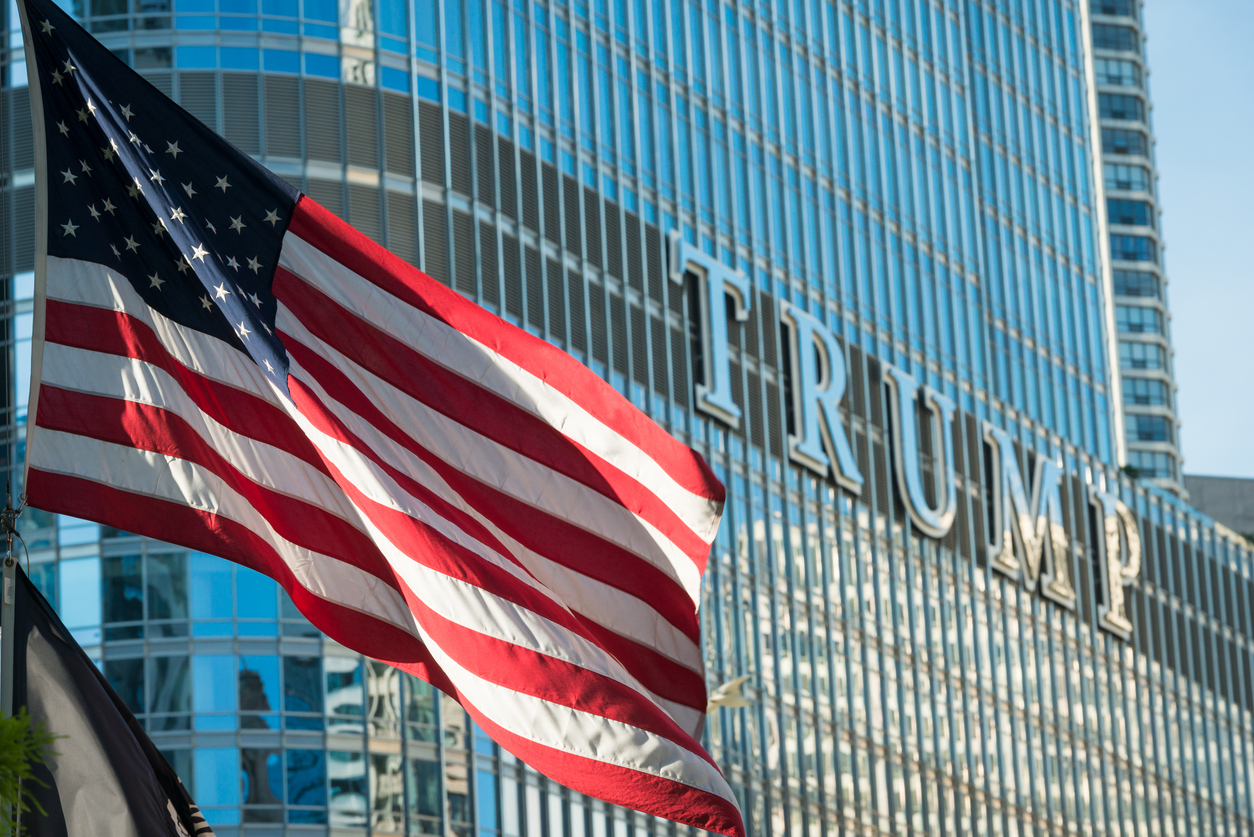
February 19, 2025
Goldman Sachs estimates that the US tariff hike on Indian exports could lower India's GDP growth by 0.1-0.3 percentage points
The US government's ‘Fair and Reciprocal Plan’ aims to match tariffs, taxes, and non-tariff barriers imposed by other countries
India currently imposes a 9.4% effective tariff on US imports, while the US levies only 2.9% on Indian imports, creating a 6.5 percentage point tariff gap
Sectors such as metals, chemicals, jewellery, pharmaceuticals, automobiles, and food items face the highest risk from reciprocal tariffs

The increase in average effective tariff rates imposed by the United States on Indian exports could impact India’s GDP growth by 0.1-0.3 percentage points, according to a Goldman Sachs report released on Wednesday. The forecast considers multiple scenarios, including the US government’s planned reciprocal tariffs in early April and the price elasticity of US demand for Indian exports.
The impact could be even more severe—ranging from 0.1 to 0.6 percentage points—if the US decides to impose additional tariffs on all countries. According to Goldman Sachs, India’s exposure to US final demand through exports to other nations increases its vulnerability, with domestic activity exposure estimated at around 0.4% of GDP.
Under the recently announced ‘Fair and Reciprocal Plan,’ the US government is working on a strategy to align its tariffs, taxes, and non-tariff barriers with those imposed by other countries. The Goldman Sachs report outlines three potential ways in which India could be impacted: country-level reciprocity, product-level tariff adjustments, and broader trade restrictions, including non-tariff barriers.
The most straightforward approach, country-level reciprocity, would involve an across-the-board tariff increase on all US imports from India. Notably, India already imposes a higher average effective tariff rate of 9.4% on US imports, while the US charges only 2.9% on Indian goods, leading to a significant tariff differential of 6.5 percentage points.
Product-level reciprocity—where the US matches India’s tariffs on a product-by-product basis—could further increase the average tariff differential by approximately 11.5 percentage points. However, this method would be more complex and take longer to implement. Additionally, the introduction of non-tariff barriers could further complicate trade relations and lead to even higher tariffs.
Despite these risks, India remains hopeful that ongoing bilateral trade discussions will help address concerns over increased levies on steel, aluminium, and other key exports. A senior government official stated that India is closely analysing the proposed US tariff law and its compliance with World Trade Organisation (WTO) norms before drawing any conclusions.
Meanwhile, uncertainty over reciprocal tariffs is expected to create challenges for Indian exporters. Analysts at Citi Research estimate that potential losses could amount to approximately $7 billion per year, with key sectors such as metals, chemicals, and jewellery facing the highest risks. Other industries, including pharmaceuticals, automobiles, and food products, could also be significantly impacted.
Source: Business Standard